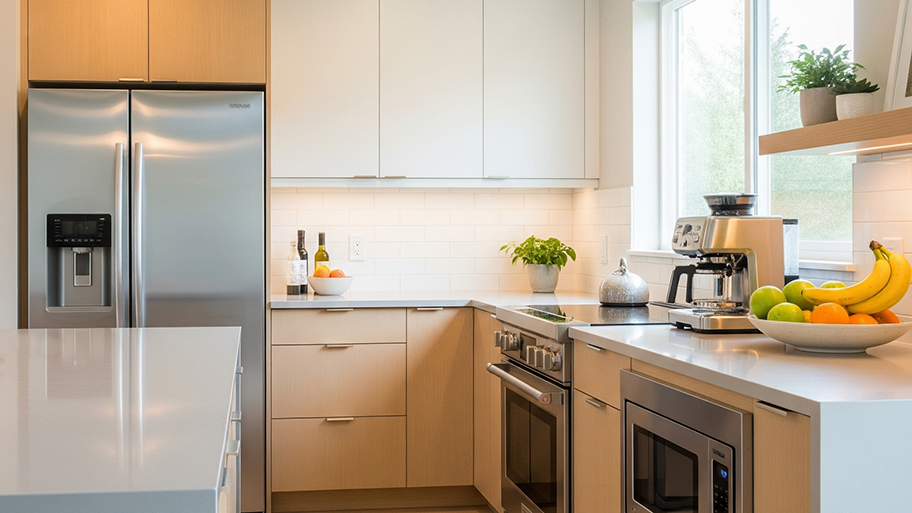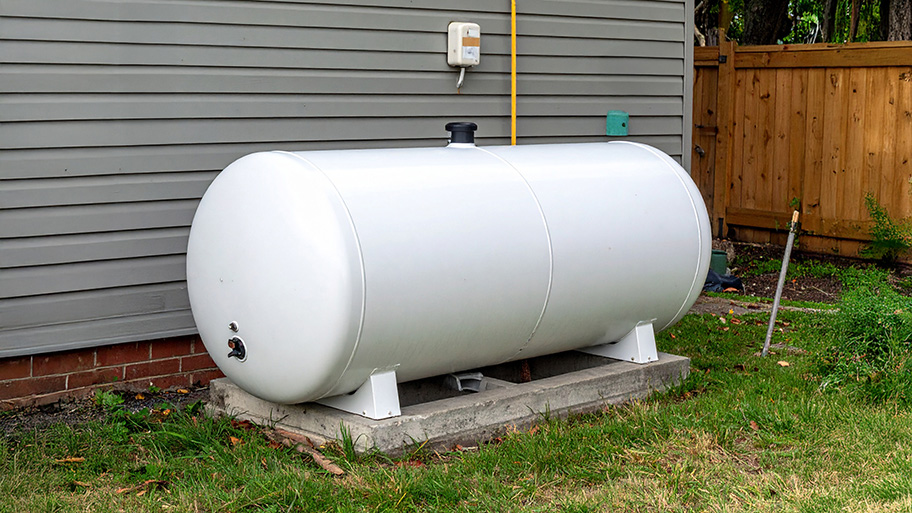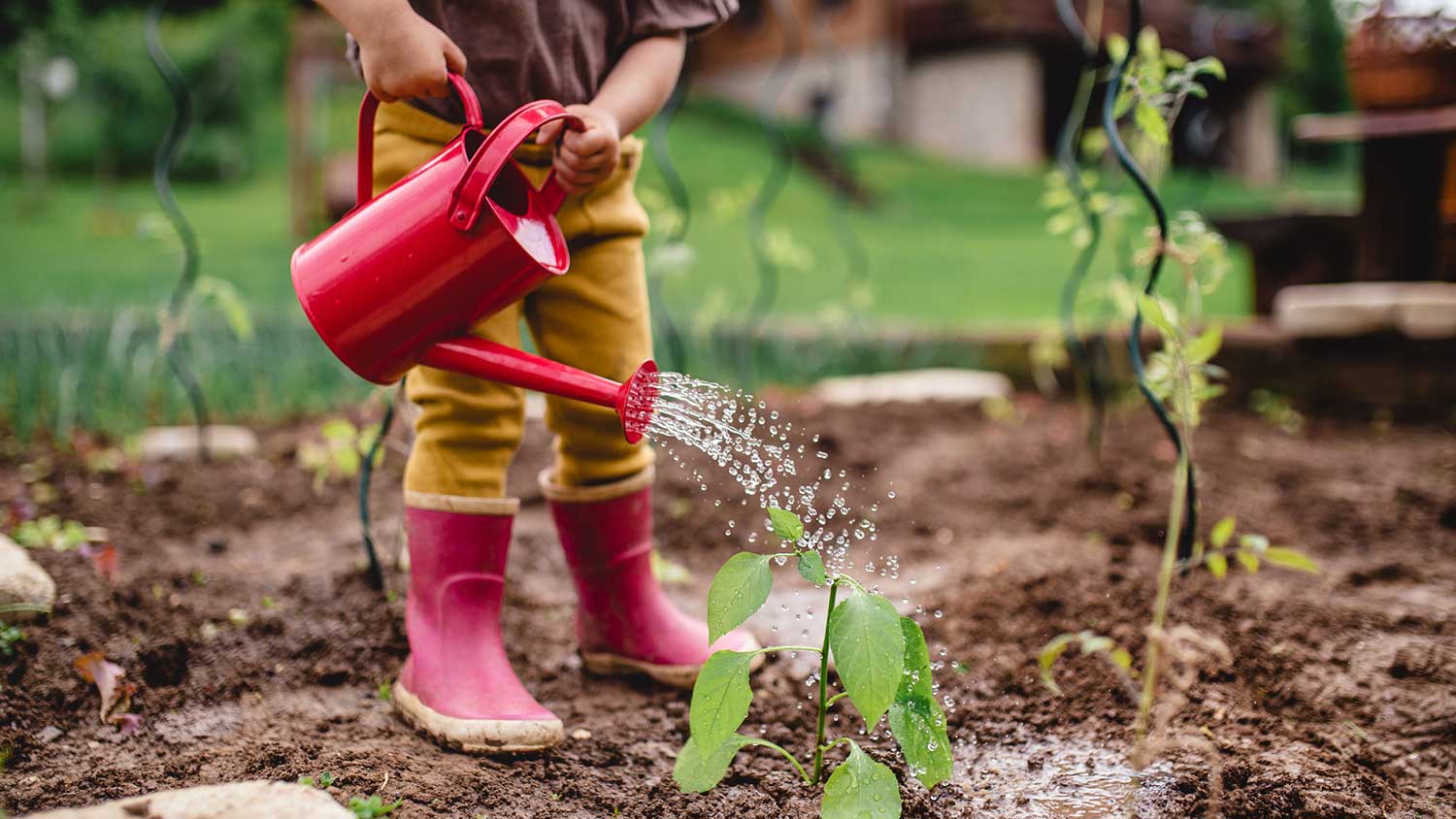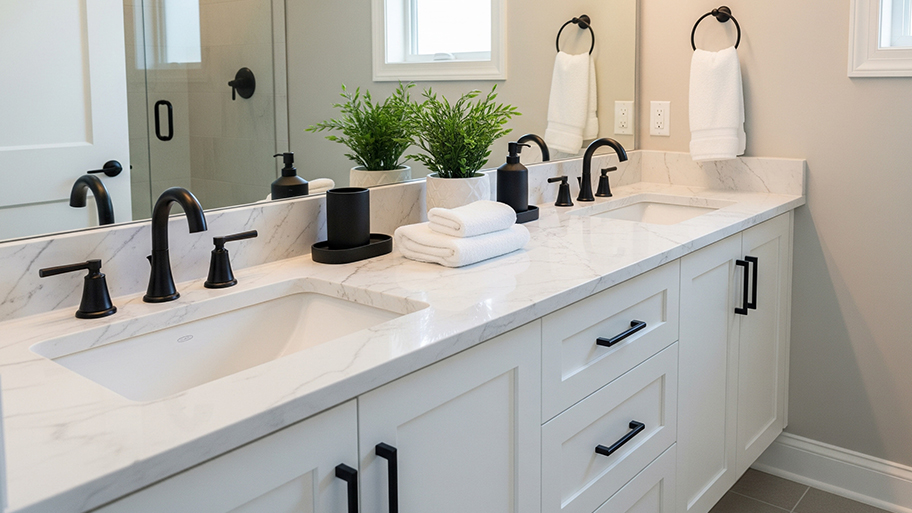
The cost to install a water line for refrigerators typically falls between $75 and $130 depending on the materials, labor, and equipment. Read on to learn more.
A malfunctioning sink stopper doesn’t need to stop your life


The humble drain plug is one of those household items you interact with so frequently that you may not know how to remove a sink stopper. Your everyday sink stopper allows you to plug the drain and fill the sink basin or open the drain to let water out. The stopper itself can sometimes be the problem, collecting grime and standing in the way of a full drain cleaning. If you’re dealing with a clogged or slow drain, here are some simple steps to remove and clean the sink stopper and get water flowing away again.

Twist-and-pull sink stoppers are designed for easy manual removal, especially since sometimes you have to retrieve items that fall down the drain. Try gripping the top of the stopper, lifting gently and twisting. If it comes out, you can move on to step seven. If it doesn’t easily lift from the drain, avoid pulling too hard since you could damage the mechanism and make it harder to remove.
And if you were overzealous in trying to remove your sink stopper, a local sink repair professional can help you repair several sink issues at once, like replacing old or broken sink stoppers and fixing leaky faucets.
If you can’t remove your drain plug by hand, you’ll need clear access to the pipes beneath the sink. Before proceeding, empty the cabinet or clear the space underneath the sink of all household items stored there so you have room to work safely.
Using a flashlight if the light is low, examine the piping under the sink. The horizontal plunger rod should be pretty easy to identify. Look for a thin metal rod attached to both the drainpipe and a vertical strap.
The plunger rod will be attached to the vertical strap by a metal clip. Before detaching it, make a note or take a photo of which strap hole the rod is fitted through, so you won’t have to fumble around when it’s time for reassembly. Once that’s done, simply remove the clip and set it somewhere secure and accessible.

Once detached from the vertical strap, the plunger rod will remain affixed to the sink drain by a pivot nut. Locate the nut, but before trying to unscrew it, grab your empty bucket and position it underneath to catch any excess water that drips out.
Once the bucket is in place, turn the nut counterclockwise by hand to loosen and remove it. If it’s too tight to loosen manually, try using a standard wrench, plumbing wrench, or pliers. After removing the nut, remove the pivot rod and place both parts in the same safe spot as the metal clip.
With the rod out, you should now be able to lift the stopper out of the drain.
If you’ve been dealing with a clog, the stopper is most likely covered in gunk, hair, and other debris that should have gone safely down the drain. This is unlike the fat, oil, and grease, which are the usual culprits in what causes a kitchen sink to clog. Getting your bathroom sink stopper fully clean will likely require a few steps.
To clean a sink stopper, put on gloves and remove as much of the buildup as you can by hand. Once you’ve removed the bigger pieces of gunk, run the stopper under warm water. Use soap and scrub it to loosen and wash away more stubborn grime.
If dirt and debris remain on the stopper—or you want to make sure you give it the most rigorous cleaning possible—wipe it down again with white vinegar or a mixture of laundry detergent and water. Then, soak the whole stopper in a mixture of hot water and soap for a few hours before removing it and wiping it down with a clean rag.

A clogged or dirty sink stopper is a solid indication that the drain needs cleaning as well. Before reattaching the stopper, take the opportunity to clean the sink drain so you don’t find yourself removing the sink stopper again soon. Depending on the nature of the buildup, there are different methods for clearing a clogged drain and a few different products and tools you might consider using.
Assuming you’re dealing with slow drainage instead of a major clog, start by running some hot water down the drain to dissolve and break down any lingering fats or oils. This is one trusty way to clear a clog without going to the store. Bring half a gallon of water to a boil, let it cool until it’s no longer boiling, and slowly pour it down the drain. Then, flush the drain with hot tap water for about five minutes.
If there’s any hair buildup in the drain, use a drain snake or auger. You might also try flushing the buildup with a corrosive drain cleaning liquid. Ensure to follow the manufacturer’s instructions, and consider all the pros and cons of liquid drain cleaners before proceeding. For example, regardless of whether you have copper pipes or PVC pipes, the chemicals in liquid drain cleaners can cause your pipes to corrode over time.

With the drain cleared and the stopper scrubbed and sparkling clean, it’s time to reassemble everything. Set the stopper in the drain, get back under the sink, and reattach the pivot nut. Don’t forget to tighten the plunger rod in place.
Slide the other end of the rod into the same hole on the vertical strap, securing it with the metal clip. Run a little water to make sure everything is draining smoothly, and you’re ready to enjoy your sink again.
Under most circumstances, removing a sink stopper is a simple DIY project within reach of any homeowner. However, if some portion of the drain stopper is stuck in place, the sink requires more extensive repairs, or you’d rather not deal with it, you can always hire a plumber near you. If you’re dealing with major clogging or drainage remains slow even after you’ve removed and cleaned the stopper and the drain, it’s time to bring in a drain cleaning pro in your area.
From average costs to expert advice, get all the answers you need to get your job done.

The cost to install a water line for refrigerators typically falls between $75 and $130 depending on the materials, labor, and equipment. Read on to learn more.

A main water shut-off valve controls water flow for your entire home. Here we break down the cost to replace a main water shut-off valve.

The average propane tank costs between $600 and $2,500, depending on the size, location, and more. Our expert guide explores all the factors.

Discover grey water system cost details to learn about installation, maintenance, and ways to save on your home’s grey water system.

The water main line is essential to your home’s plumbing. Over time, it can develop wear or damage. Find out how much a main water line replacement costs here.

Before settling on bathroom fixtures, you should know the pros and cons of black bathroom faucets. This modern finish may offer the perfect touch.